Semantic SEO? Is it a new branch of SEO? Do we have to consider one more aspect of SEO before optimising the websites? These questions are natural if you are not aware of Semantic SEO. It is an important on-page SEO technique, which is hard to ignore. Although Semantic SEO as a concept has been there since 2003, it has gained prominence gradually as Google started understanding the search query better in terms of intent, context, and meaning rather than a combination of alphabets.
What is Semantic Search?
Semantic Search, in simple terms, is a process through which Search Engines deliver relevant and meaningful result by understanding the context of the query and intent of the user instead of just matching the pattern of the keyword. Semantic is the study of meaning in language. It can be applied to entire texts or to a single word. For example, “halt” and “stop” technically mean the same, but students of semantics analyse their subtle meaning. With every day, through artificial intelligence, search engines are getting closer to understanding the natural flow of language used by us. It can now correlate the words used and how they work together to understand the meaning behind the words. This gives more meaningful result of the search query. Google’s ability to understand natural language better than ever has helped google in providing the relevant results to the user, thereby consolidating its position as most preferred Search Engines in the world. Even the best of SEO Agencies in India optimises the client websites specifically for Google.
Fundamental Shift to Semantic Search
Search Engine companies follows the principle of providing the most relevant information, thereby providing excellent user experience, and Google is no exception to it.
From the time SEO started, Googlebot wasn’t as powerful as it is today. It showed the results which contained the keyword by parsing the content on the page and indexing it for the keyword entered, which resulted in webmaster producing low-quality content by increasing the keyword density on the page. The keywords were used in such a way that information on the page was of no value to the user. Secondly, the number of pages created for the same keyword variation, resulting in more number of pages on the site with no real value to the searcher, and it certainly did no good to the overall worldwide web.
To Tackle this problem, Google came up with several algorithm updates like Panda in 2011 and Hummingbird in 2013, both of which addressed most of the issues of keyword stuffing and unethical tactics for ranking. Hummingbird was a result of more than fifteen years of Data collection and user analysis by Google. It was also a step towards making Googlebot more powerful in looking beyond keywords and moving towards natural language processing, understanding the content and topic covered on the page. This resulted in a dramatic shift in the quality of search results.
Schema.org
In 2011, the creation and support of Schema.org by all Search Engines was the game-changer for the SEO industry. Using schema, one can add structured data on the web page, making the web page easily understandable in a language understood by Search Engine. It was the first step in making the web a semantic web where content was easily readable by search engines with the help of schema present on the site. Implementation of schema on websites has greatly enhanced search engine data collection and interpretation capability.
Introduction of Knowledge Graph
Google, with the introduction of Knowledge Graph in 2013, started collecting and plotting the data on the web in the form of Entities and Attributes. Entities represent unique things like objects, ideas, or concepts and Attributes can be facts related to the given Entity. Interlinking of Entities and Attributes on a larger scale creates a graph model structure forming a knowledge base, which can be used by Google to deliver the most relevant information to the user query.
The introduction of the Knowledge Graph somewhat achieved Google’s transformation of becoming a Knowledge Engine from an Information Engine. Let’s understand this concept with the help of the below example.
When you type in “Prime minister of India” in Google, the answer you get is “Narendra Modi” that too, in the form of Direct Answer on the SERP, whose credit goes to the knowledge base created by Google through the Entity model.
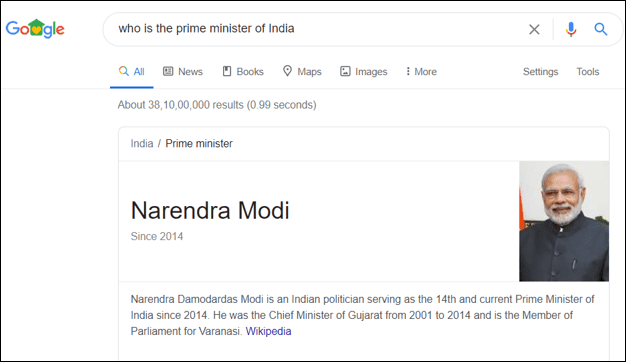
Both Schema and Knowledge Graph technologies became the support system for semantic search 1) making the content in a human-readable format at the same time understandable by search engines and 2) giving more contextual information by mapping & Interlinking entity and its attributes relationship on a larger scale.
How to use Semantic SEO for Higher rankings:
-
Topical Content
Writing Topical content in-depth surely has many benefits. One of them is, it helps in ranking high on SERP through the quality content it provides to the searcher who wants to know everything about the topic. Topical authority is also considered one of the google ranking factors. It not only results in increase in time spent on the page giving the Search Engine the indication of the quality of the content but also covers the topic in a logical manner. This can help the user to grasp the information quickly.
-
Answer Every question
Content has to be written, keeping people in mind rather than just pushing the exact match keyword that you have researched. Try to understand the intent behind the Keyword searched. Once you have the answer, try to anticipate the next question that user can search for once he gets the answer of his previous query. Repeat the process of question and answer till the topic has been covered.
You can use Google for valuable question around the Keyword
- People also ask boxes
- Searches related
- Auto-Suggest
The above-mentioned ways can help you find questions around your target keyword, which can be pretty helpful in creating engaging content. Keeping people hooked to your content can reduce the bounce rate considerably.
-
Usage of LSI keywords in Content
LSI stands for Latent Semantic Indexing. It is a system that helps Google to gauge keywords used around the main keywords, their relationship with each other, and the context in which they have used.
Using LSI keywords in the content helps Google recognize the topic the page covers, Sometimes Google can show Rich results for the page if it has a better understanding of the page.
Benefits of Using Semantic Search:
-
Featured Snippet
When your content is written in-depth creating authority around the topic with comprehensive and useful information, Google sometimes rewards you with featured snippets. It is also called Rank Zero, thereby boosting CTR and traffic on the website. A featured snippet is a remarkable achievement for any digital marketing services firm for their client. In the below example, we can see Dream11 having featured snippet for “Dywane bravo ipl” as they created topical authority around the keyword.

-
More visibility of Websites
High-quality content on the website helps in increasing its quality score. This score can help in higher ranking of the webpages in the search results driving more visibility and generating quality traffic for the sites.
-
Ranking on number of Keywords
Relevant content about the intended topic can help you rank for many keywords ranging from a broad range to long-tail keywords, in addition to the targeted Keyword. This will result in increased traffic on the website along with revenue generation.
In the below example, Myntra is ranking on both the keywords like “men shoes” & “buy men shoes online”.


-
Increased Authoritativeness of websites
When you have fantastic content on the site, it is natural to get links from the number of websites that may also include authoritative sites. This website may pass valuable link juices to the linked pages indirectly passing page rank. This can significantly increase the authority of the website.
Tools that help create Semantic Content
Below are the mentioned Tools which you can use to find the semantically related keywords & phrases to your seed Keyword for creating valuable content
- Google Search & Keyword planner
- Ahrefs
- LSIGraphs.com & LSIKeywords.com
Earlier we never paid much attention to the concept of Semantic SEO. Now that content has started playing a significant role in Search Engine Optimization, Semantic SEO is the need of the hour for creating good content. With Voice Search as the future of Search, we can expect that the Semantic SEO is going to be more important than ever.
Popular Searches
How useful was this post?
0 / 5. 0










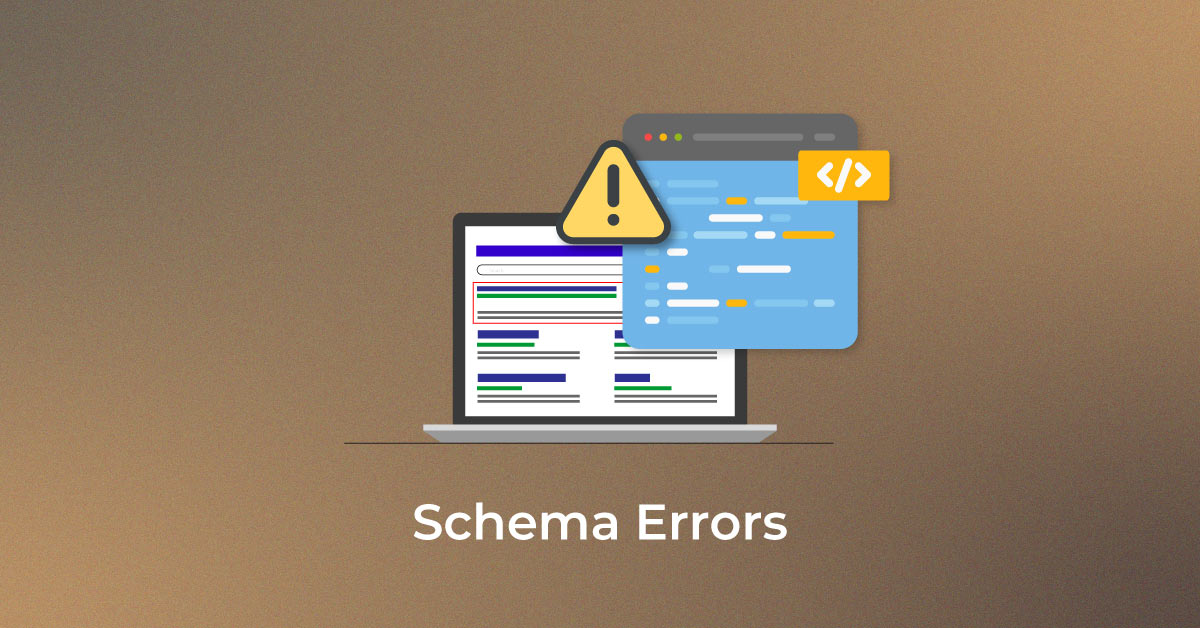
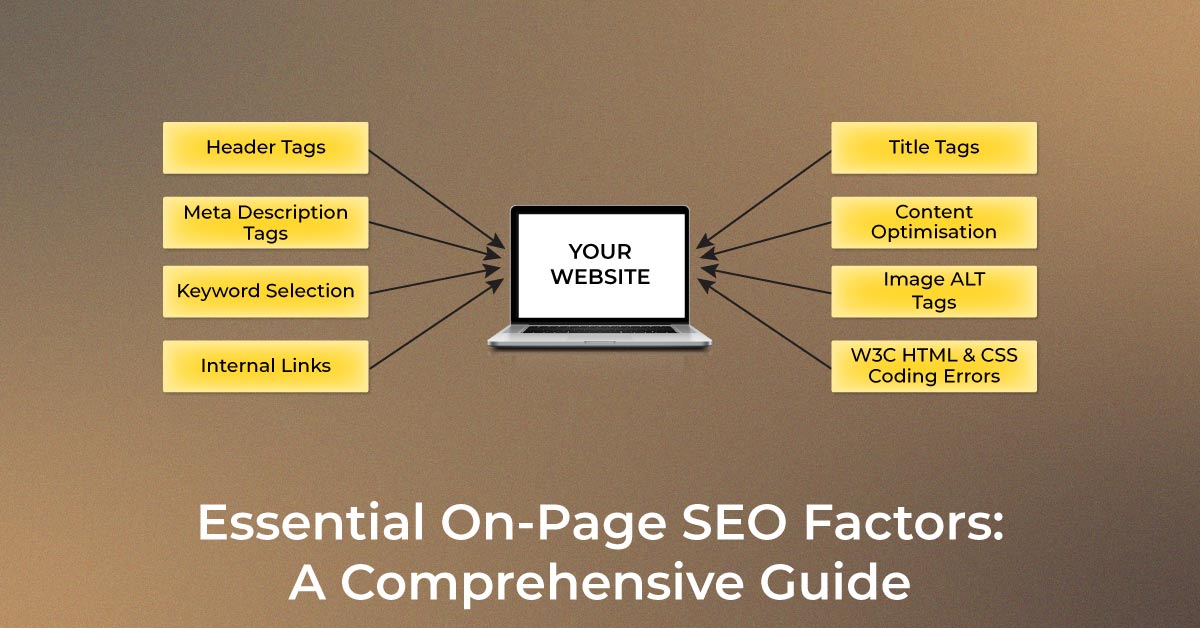

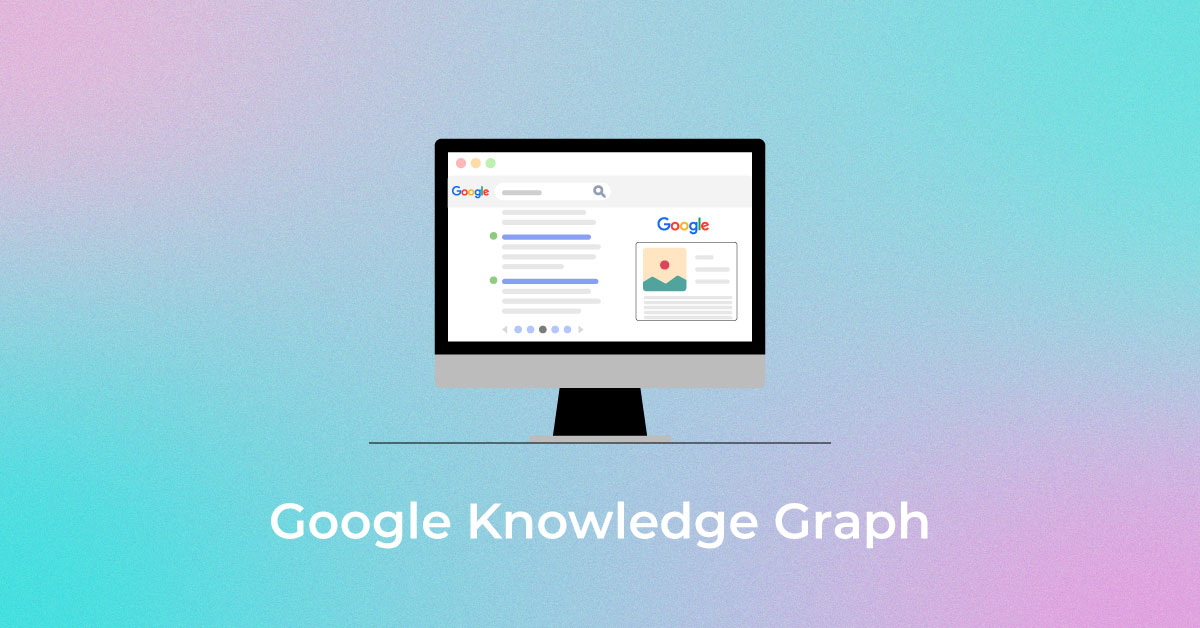
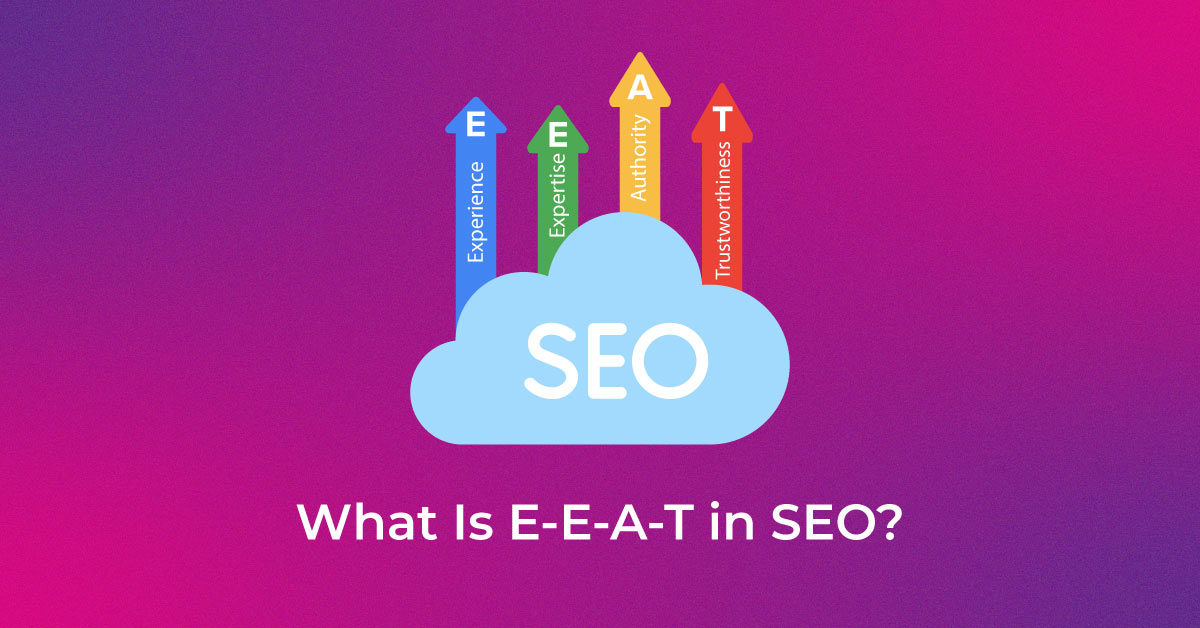


2 thoughts on “What is Semantic SEO & How to use them for Higher Rankings”
It’s exactly what I’ve been looking for. I couldn’t have asked for more than this.
Thanks, Shweta you liked our article. Do subscribe us for more updates.